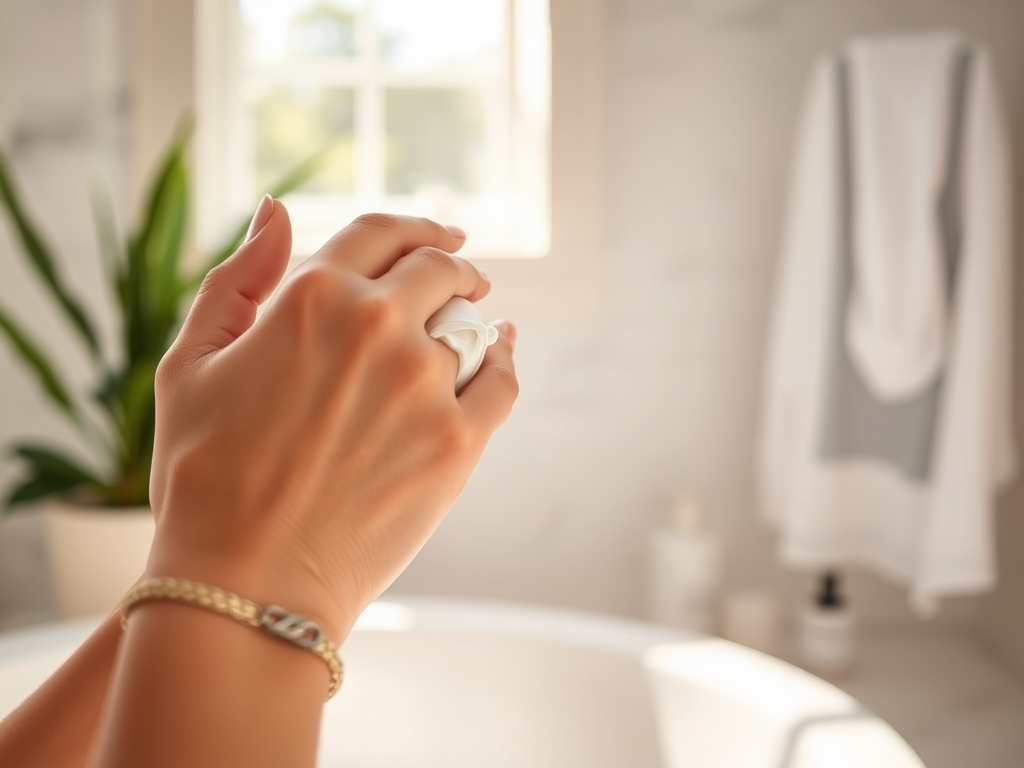In a world where exposure to harmful UV rays and pollution is unavoidable, the significance of a proper skincare routine cannot be overstated. Skincare is not merely a part of beauty culture; it is an essential practice for maintaining skin health and preventing long-term damage. At the heart of any effective skincare regimen lie two crucial products: sunscreen and moisturizer. Understanding how to apply these products correctly can mean the difference between vibrant, youthful skin and a dull, prematurely aged complexion. Whether you’re preparing for a beach day or stepping out for a quick errand, applying sunscreen and moisturizer should be non-negotiable. This article will delve into why these products matter and how to use them effectively for optimal skin health.
Understanding Sunscreen

Sunscreen acts as a shield against the sun’s harmful ultraviolet (UV) rays, which can lead to sunburn and skin cancer over time. To grasp the full importance of sunscreen, it’s essential to understand how it works. Sunscreens contain active ingredients that either absorb or reflect UV radiation, providing essential protection to the skin. There are two main types of UV rays: UVA and UVB. UVA rays can prematurely age the skin, while UVB rays are primarily responsible for sunburn. Both types contribute to skin cancer, making it crucial to select a broad-spectrum sunscreen that protects against both.
The Science Behind Sunscreen
When applied correctly, sunscreen forms a protective barrier on the skin’s surface, absorbing harmful rays before they penetrate deeper layers. The effectiveness of sunscreen is measured by its Sun Protection Factor (SPF), which indicates the level of protection it offers. For example, an SPF of 30 blocks about 97% of UVB rays, but that does not mean you can stay in the sun longer without reapplying. Additionally, various formulations are available, including sprays, creams, and gels, catering to different skin types and preferences. Understanding these aspects is vital for making informed choices when selecting sunscreen.
Common Misconceptions About Sunscreen
Throughout the years, several myths about sunscreen usage have proliferated. Here are a few misconceptions that need debunking:
- Sunscreen is only necessary on sunny days. UV rays can penetrate clouds, so it’s essential to apply sunscreen even in overcast weather.
- Sunscreen is unnecessary indoors. Reflective surfaces like windows can still allow UV rays to reach your skin.
- I don’t need sunscreen if my makeup has SPF. Makeup with SPF doesn’t provide adequate protection; it’s always best to layer a dedicated sunscreen underneath.
The Role of Moisturizer in Skincare

While sunscreen is pivotal for protection, moisturizers play an equally critical role in maintaining skin health. Keeping the skin hydrated is not just about aesthetics; hydration is vital for skin elasticity and overall health. Moisturizers prevent water loss and protect the skin barrier, ensuring that your skin remains soft and supple. A well-hydrated complexion can defy the signs of aging and is better equipped to handle external aggressors such as pollution and harsh weather conditions. Whether your skin is oily, dry, or a combination, finding a suitable moisturizer is essential.
Why Hydration is Key
Hydrated skin enhances your natural glow and makes for a smoother canvas when applying makeup. Over time, dryness can lead to flakiness and irritation, which may exacerbate existing skin conditions. Thus, establishing a moisturizer routine is a proactive approach to skincare. Ingredients such as hyaluronic acid, glycerin, and ceramides are often found in moisturizers and are known to attract and retain moisture. It’s also worth considering seasonal changes: opting for heavier creams in winter and lighter gels in summer can optimize hydration throughout the year.
Types of Moisturizers
Here’s a quick overview of different types of moisturizers and their suitability for various skin types:
| Type of Moisturizer | Best For |
|---|---|
| Creams | Dry or mature skin |
| Lotions | Normal to combination skin |
| Gels | Oily or acne-prone skin |
| Serums | All skin types, especially oily or aging skin |
The Synergy of Sunscreen and Moisturizer
Using sunscreen and moisturizer together is not just beneficial; it’s essential for comprehensive skin protection. The moisturizer hydrates the skin while the sunscreen offers defense against UV rays, creating a synergistic relationship that enhances the skin’s resilience. This combination minimizes the risk of sun damage while ensuring the skin stays moisturized throughout the day. Skipping either product can lead to compromised skin health, making it imperative to incorporate both into your daily skincare routine.
The Correct Application Techniques
Steps for Applying Sunscreen
Applying sunscreen correctly increases its effectiveness. Here are the key steps to ensure you’re getting the most out of your sunscreen:
- Shake well. If using a spray sunscreen, shaking is critical to ensure all ingredients are mixed properly.
- Apply before sun exposure. Aim to apply it about 15 minutes before heading outside.
- Use the right amount. For the face, a nickel-sized amount is sufficient; for the body, about one ounce is ideal.
- Reapply frequently. Reapply every two hours, or more often if swimming or sweating.
Steps for Applying Moisturizer
Similarly, proper application of moisturizer can maximize its benefits. Follow these steps for optimal application:
- Cleanse the skin. Always start with a clean face to allow the moisturizer to penetrate effectively.
- Apply on damp skin. For best absorption, apply the moisturizer while your skin is still slightly damp.
- Use upward strokes. Gently massage the moisturizer into your skin using upward and outward strokes.
- Don’t forget the neck. Extend application to your neck and décolleté for complete coverage.
The Effects of Neglecting Sunscreen and Moisturizer
Failing to use sunscreen and moisturizer appropriately can lead to a series of adverse outcomes. Neglecting sunscreen increases your risk of sunburn, skin aging, and even skin cancer. Without adequate moisturization, skin can become dry, flaky, and more susceptible to irritations and breaches in the skin barrier. Over time, this neglect can lead to chronic conditions such as eczema or rosacea, drastically affecting your skin’s health and appearance. Prioritizing these products in your skincare routine is essential for long-term benefits.
Conclusion
In summary, correctly applying sunscreen and moisturizer is vital for maintaining healthy skin. The synergistic effects of both products work to protect and hydrate, ensuring that skin remains youthful and resilient. Understanding how and when to apply these products can empower you to take better care of your skin, reducing the risks associated with UV exposure and dehydration. Prioritize a comprehensive skincare routine that includes both sunscreen and moisturizer, and your skin will thank you for years to come.
Frequently Asked Questions
- How much sunscreen should I apply? A general rule is to use about one ounce (the size of a shot glass) to cover your entire body.
- Can I skip moisturizer if I have oily skin? No, even oily skin benefits from hydration. Opt for a lightweight, non-comedogenic moisturizer.
- Is sunscreen necessary during winter? Yes, UV rays can penetrate clouds and reflect off snow, so sunscreen should be used year-round.
- How often should I reapply sunscreen? Sunscreen should be reapplied every two hours or more frequently if swimming or sweating.
- Can I use moisturizer with SPF instead of sunscreen? While a moisturizer with SPF adds some protection, it may not provide adequate coverage; it’s best to use a separate sunscreen for full protection.
